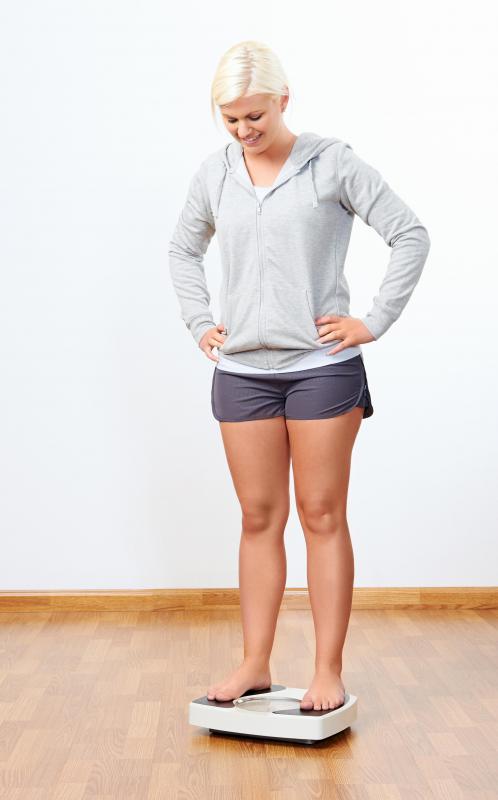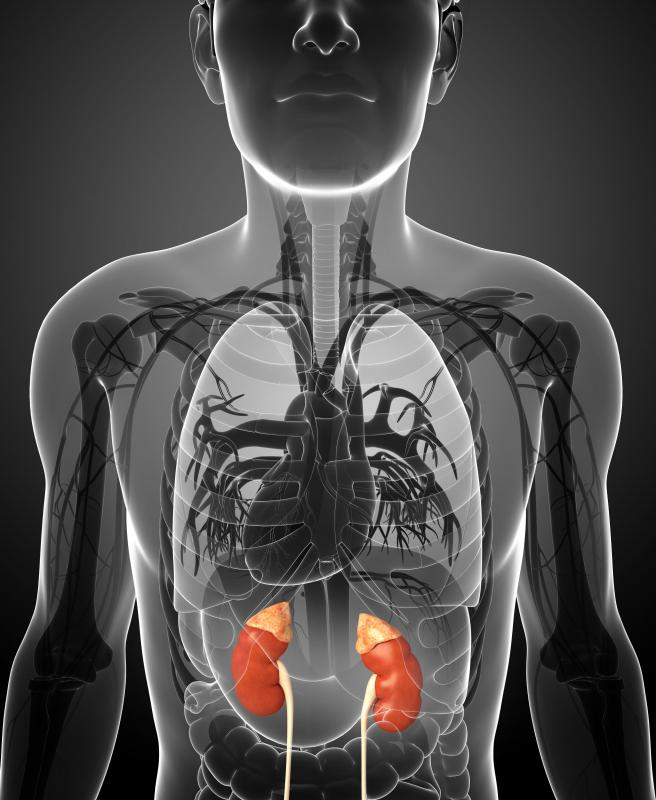At TheHealthBoard, we're committed to delivering accurate, trustworthy information. Our expert-authored content is rigorously fact-checked and sourced from credible authorities. Discover how we uphold the highest standards in providing you with reliable knowledge.
What is Energy Expenditure?
Energy expenditure refers to the amount of energy a person uses daily to complete all regular body activities, from movement to breathing to digestion. It is measured in calories, a unit of heat, and is represented by the symbol kcal. Energy requirements can vary widely from person to person, and even from day to day in an individual. Total energy expenditure, also known as metabolic rate, is affected by such factors as the amount of physical activity a person does, the number of hours spent sleeping, the types of foods consumed, exposure to extreme temperatures, and the amount of muscle mass a person carries.
Put simply, this measurement is the combination of internal and external activity done by the body. Internal activity involves two main processes: digestion of food and basal energy expenditure. Digestion, known in this context as the thermic effect of food (TEF), refers to the energy spent to break down, process, and absorb food, and it is estimated that TEF accounts for 10% of the body’s daily expenditure. Basal energy expenditure, also known as basal metabolic rate (BMR), is the energy used to fuel all other internal processes, such as the maintenance of respiration, heart rate, and kidney function. It is affected by such factors as environmental temperature, as the body will work to maintain its internal temperature of 98.6° F (about 37° C), and muscle mass, as larger muscles have increased energy requirements even when at rest.

The external activity that goes into this measurement incorporates all movement, from sitting in a chair to running on a treadmill. It is expressed as physical activity level (PAL); someone who works in an office and is fairly sedentary, or inactive, will have a lower PAL than someone who does manual labor or who exercises on a regular basis. A person's daily expenditure of energy, as measured in calories burned, can be increased by simply moving more throughout the day — taking the stairs instead of the elevator or walking to work instead of driving.

Calories burned through external work, when added to calories burned from the internal processes of TEF and BMR, make up the total energy expenditure. Depending upon the balance between energy intake — food and drink consumed — and how much energy is expended, the body will gain, lose, or maintain weight. Weight is gained when energy intake exceeds expenditure, or calories in are in excess of calories out. Weight is lost when calories out exceed calories in, and weight is maintained when the two are in balance.
AS FEATURED ON:
AS FEATURED ON:
















Discussion Comments
SurfNTurf-I know that Runners World also offers energy expenditure calculator. This is really a good ballpark figure as to the amount of calories you burn.
Generally overweight people burn more calories than thin people during a given exercise because it takes more effort to move a 200 pound person than it does a 125 pound person.
In order to increase your energy and burn the maximum amount of calories it is important to do a series of cardiovascular exercise for at least twenty minutes per day and a strength training routine for a few days a week.
When you calculate energy expenditure you are really looking at the calories burned during an activity.
People that exercise on a daily basis will have a higher resting energy expenditure rate because they tend to have increased muscle tone on their body frame.
Strength training not only helps to shape your body but it does wonders for you metabolic rate. The more lean muscle mass you have the more calories you will burn at rest.
This is another way to maintain your weight. In addition, you will also be stronger and have more energy daily as a result.
In order to learn how to calculate energy expenditure it is best to seek an energy expenditure calculator because the energy expenditure calculation can wary by sex, age, and weight of the individual.
Post your comments